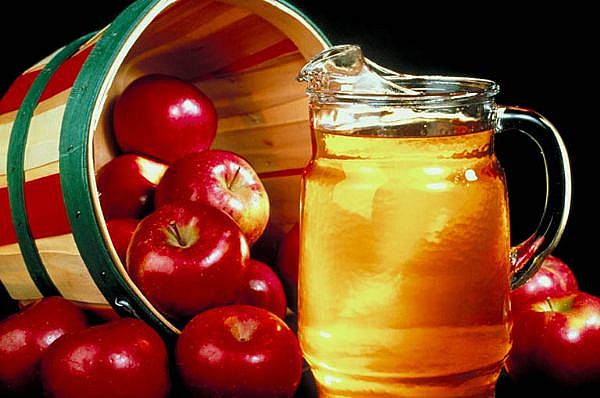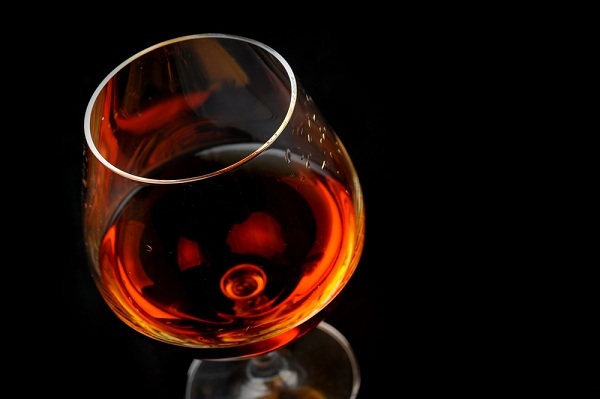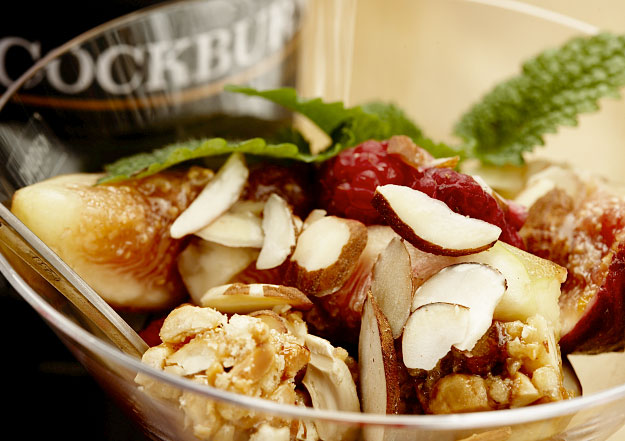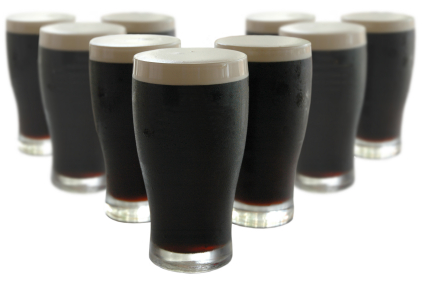An Apple a Day

I’m a history buff. I took a vacation recently to one of America’s richest history regions in Central Virginia. What struck me touring about Monticello and Montpelier (the respective homes of Thomas Jefferson and James Madison) is the day to day life that the estates would produce from the land. I found the way the homes were constructed so they could deal with everyday tasks to be fascinating, especially regarding the harvesting, storage, and preparation of foodstuffs, as both Jefferson and Madison enjoyed fine dining and entertained quite often.
I had known for some time about traditional drinks of the era like tea, coffee, Madeira, and rum. One thing played a much more predominate role than I had previously figured though, and that was cider. I had the chance to visit a new cidery and taste the efforts of a re-emerging industry while traveling the area, and rather enjoyed the stop. So I’d like to take you on a little history tour and discuss cider, one of America’s traditional drinks.
It’s English Cider, Really
Cider is hardly an American creation. Most American traditions in its production came from the English traditions that center around either the West Country: Cornwall, Devon, Dorset, Somerset, and Bristol, along with Herefordshire, Gloucestershire, and Wiltshire; or East Anglia around Kent, Norfolk, and Suffolk. Western ciders tend to be produced more from cider apple varieties, while the Anglican ciders use more culinary and dessert fruits.
Cider History
The drink has a long history though that easily dates back to pre-Roman times. Ancient Hebrew and Greek texts refer to drinking Shekar and Sikera, which were both produced by cooking apples in fermented juices. Ancient Gaul around the modern day Basque region was known for producing Phitarra, which was a drink of apples boiled in honey nectar.
Many Roman writers over the centuries also make references to various fermented fruit beverages. Saint Gerome in particular introduced many of the regional names for these beverages into Latin, which eventually became the modern day words for cider and its various cousins around Europe.
Charlemagne was instrumental in cider history, ordering that skilled brewers be kept on his estate to produce the range of fermentable liquors for his court, and Normandy quickly become a center for agriculture as a result. The region to this day is known for its apple products, including the distilled spirit calvados. John Adams was arguably its largest advocate in America, and was known to drink cider for breakfast to calm his stomach.
Making Cider
The cider making process begins when harvested apples are brought to the cider house, then scratted (ground down) to a pomace. The pomace is transferred to a cider press and stacked in layers known as cheeses to form a block. A straining material is placed between the layers, and the block is pressed to express the juice. The juice is typically strained or filtered to some extent, then placed into containers for fermenting. The leftover pomace solids are then fed to farm animals, or used for the production of different liqueurs.
Fermentation is usually done at cold temperatures to preserve the delicate flavors, and the process often takes several months in traditional cider production. Cider as a beverage comes in a range from dry to sweet, with colors from pale, light yellow, to orange and brown. It can be clear or cloudy, sparkling or still, and ranges in alcohol from about 3% to 8%.
Several hundred species of apples are available for cultivation, but often a select set of cider apples are used in beverage production. Royal Pippen and Golden Russet are two common cultivars. The classes of cider apples are broken down to sweet, sharp, bittersweet, and bittersharp depending on their balance of sugar, acidity, and tannin.
American Craft Brewing
Cider was a staple of the American diet up through the mid 1800s, when German immigrants began forming large breweries that produced a cheaper, quicker beverage in beer that was easier to transport into growing urban areas. The Temperance movement of the late 1800s and the advent of Prohibition essentially signaled the end of America’s cider traditions. With the surge in the craft brewing industry in the 1980s and 90s though, cider began to enjoy a resurgence of its own.
A few large cider producers are now common selections in the average supermarket, but there is also a small craft cider industry that’s building around regions where tree fruit orchards thrive. So for a pleasant, traditional drink, with a renowned world history, why not try a cider?




